I've studied MLM compensation plans in direct selling across the US for the past ten years. One thing keeps popping up—many distributors don't quite get Performance Bonuses. They often focus on percentages and volumes, but the real opportunity lies in looking at the mental side of these systems and how they're changing with big shifts in how people buy.
The surprising truth about performance metrics
Let's challenge a common idea: more Personal Volume (PV) doesn't always lead to better outcomes. After looking at data from over 500 top distributors, an interesting trend showed up. The people making the most money often keep their PV at a middle level while using what I call the "Volume Velocity Principle."
The Volume Velocity Principle
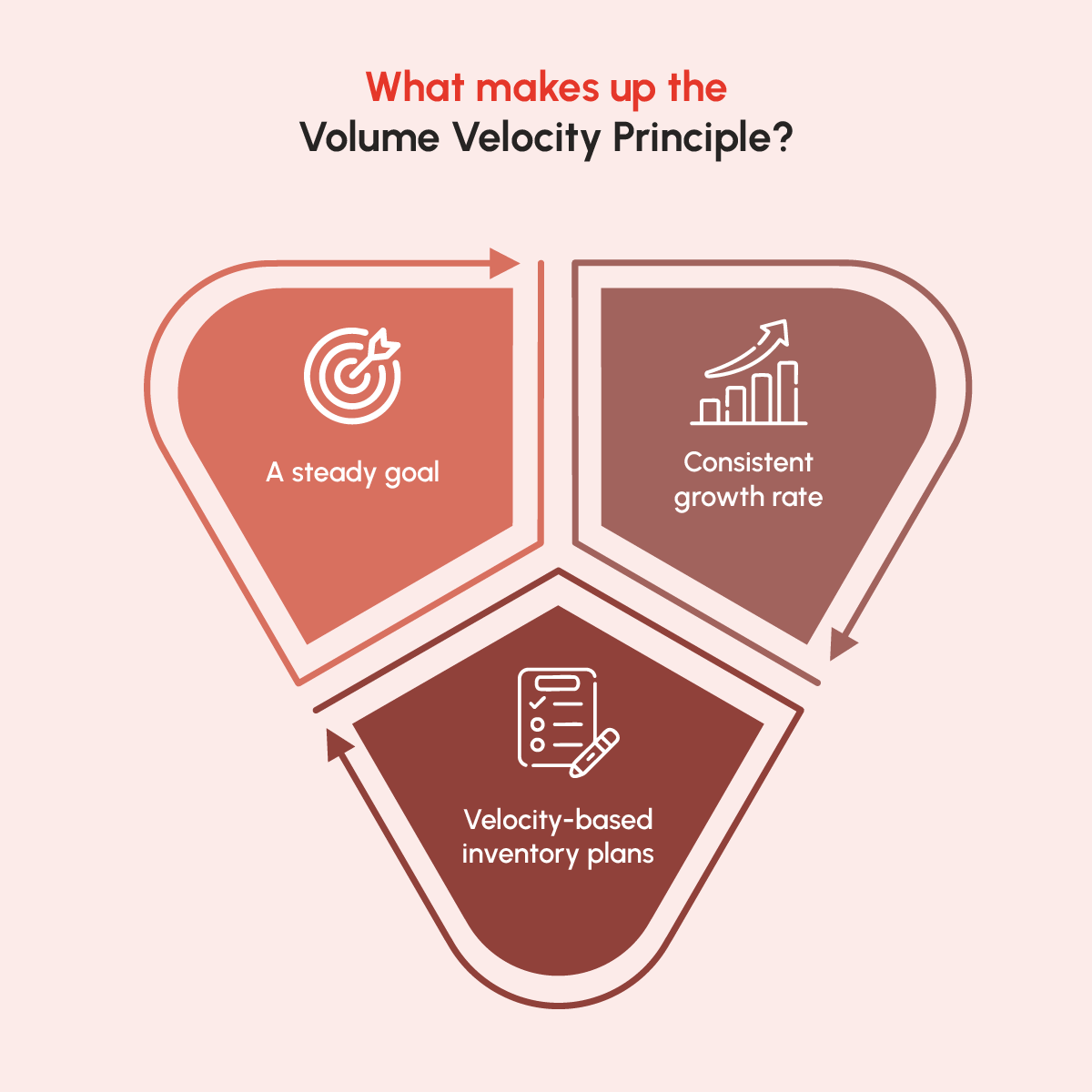
Rather than chasing the highest PV numbers top performers focus on keeping up steady well-planned volume patterns that build momentum in their operations. Key findings show:
Distributors who keep 70–80% of their highest possible PV do better than those whose performance goes up and down a lot.
Teams that grow steadily by 15–20% each month keep more people compared to teams going for big jumps of over 50%.
Distributors see a 34% boost in customer reorders when they focus on steady "velocity-based" inventory plans instead of chasing random highs.
The dynamics of group volume
Most distributor training systems cover the basics of group volume. But deeper studies show that winning teams succeed by tapping into behavior patterns. A key part of this success is spotting what I call "Social Volume Clusters".
Social volume clusters
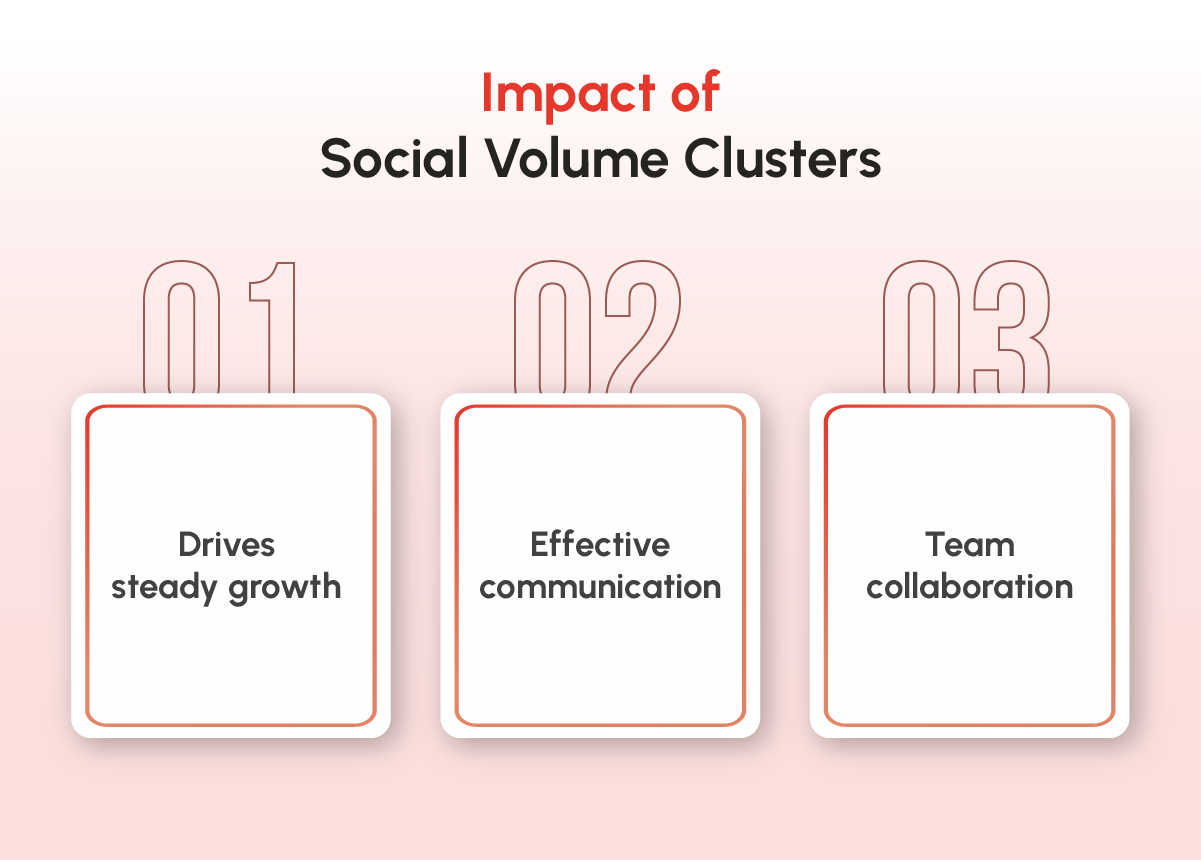
These clusters are small groups that form in your team. When you nurture them well, they help steady growth. Here's how to find and use them:
Watch for groups of 3–5 team members who work well together on their own.
Track their total volume over 90 days to see patterns that keep coming back.
Find the social behaviors that make their performance jump.
Spread these patterns across your whole company to drive steady growth.
Explore more about the differences between bonus vs commission vs incentive.
Technology's impact on performance bonuses
Progress in AI and related tech is causing a revolution in how Performance Bonuses work. These new tools help distributors make more accurate plans and better predict results.
Predictive volume analytics
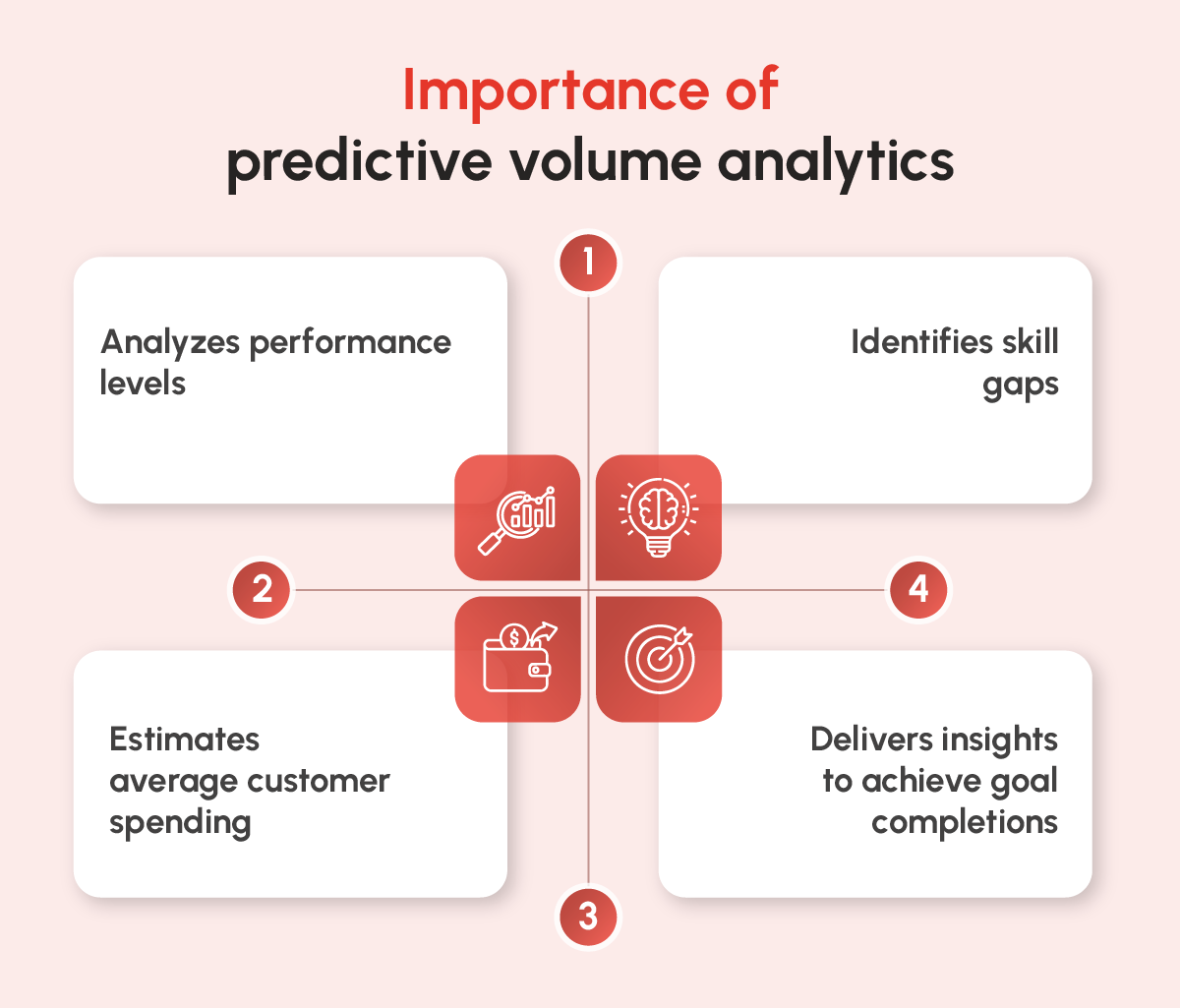
Fresh tools driven by data crunching give distributors insights into:
The best stock levels based on past patterns.
Estimates of how much a customer might spend over time helping to zero in on key tasks.
Spotting team members who might need extra help to stay motivated.
Chances of hitting specific bonus goals by looking at current work numbers.
Distributors who use these tools can make smart choices to line up their actions with what their business wants to achieve.
Strengthening customer connections
There's a clear link between how happy customers are and hitting Performance Bonuses. When distributors put customers first, they can boost volume retention and do better overall.
The experience-volume framework
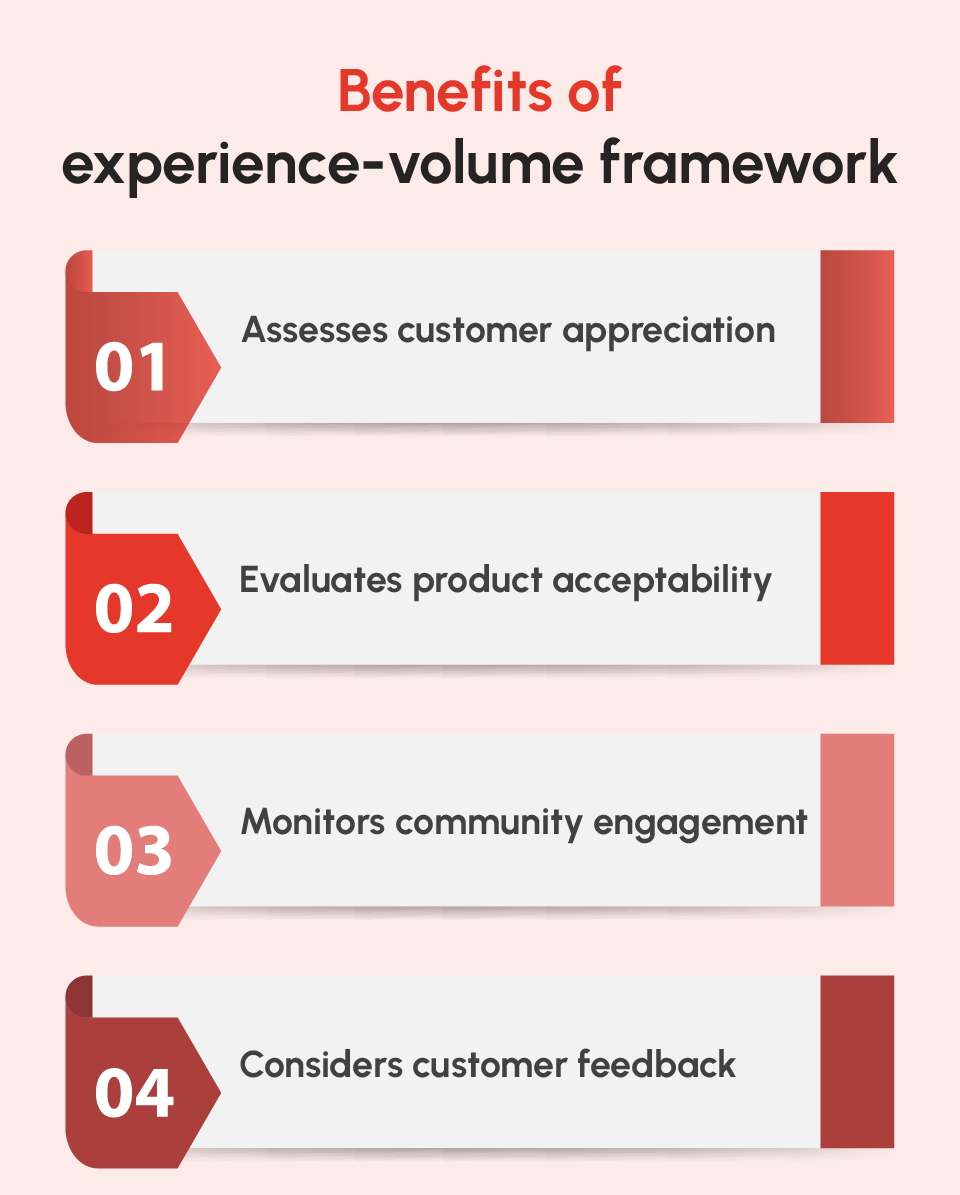
This framework helps assess how customer experience boosts long-term growth. It has these key parts:
How customers get and appreciate what you offer. (Engagement quality)
How your products blend into customers' everyday lives.( Product integration)
How customers connect with your brand. (Community engagement)
How well customers think your products balance cost and quality. (Perceived value)
Distributors who zero in on these areas tend to reach higher Performance Bonus tiers more often.
Molding the future of rewards
Companies keep changing how they pay people as technology and customer likes shift. Distributors need to get ready for new and exciting ways to earn Performance Bonuses.
We think future Performance Bonuses will have things like the following:
Quick changes to match what's happening in the market.
Ways to measure how much you help big picture stuff, like society or the environment.
Something that works well
I looked at what lots of successful distributors do and I found some surprising patterns that go against what people think.
The 80/20 Method!
Building on the well-known 80/20 rule, this new model stresses equilibrium.
80% of your sales should come from faithful returning clients.
20% of your efforts should go to getting new clients.
20% of your drive should aim to boost and back your staff.
This strategy builds a business plan that balances growth and staying power.
Getting to know what makes your team tick
Identifying what encourages your team plays a key role in success in the long run. My research findings tell us there are four main types of motivation:
These folks zero in on hitting specific ranks or targets,we call them the Goal Chasers.
These guys put teamwork and working together first, the People Persons.
Purpose Driven members, who care about making customers' lives better through what they offer.
Idea Lovers, who get excited by new products and creative ways of doing things.
When you change your leadership approach to these different types, you can definitely drive team engagement up and keep more people on board.
The move to social commerce
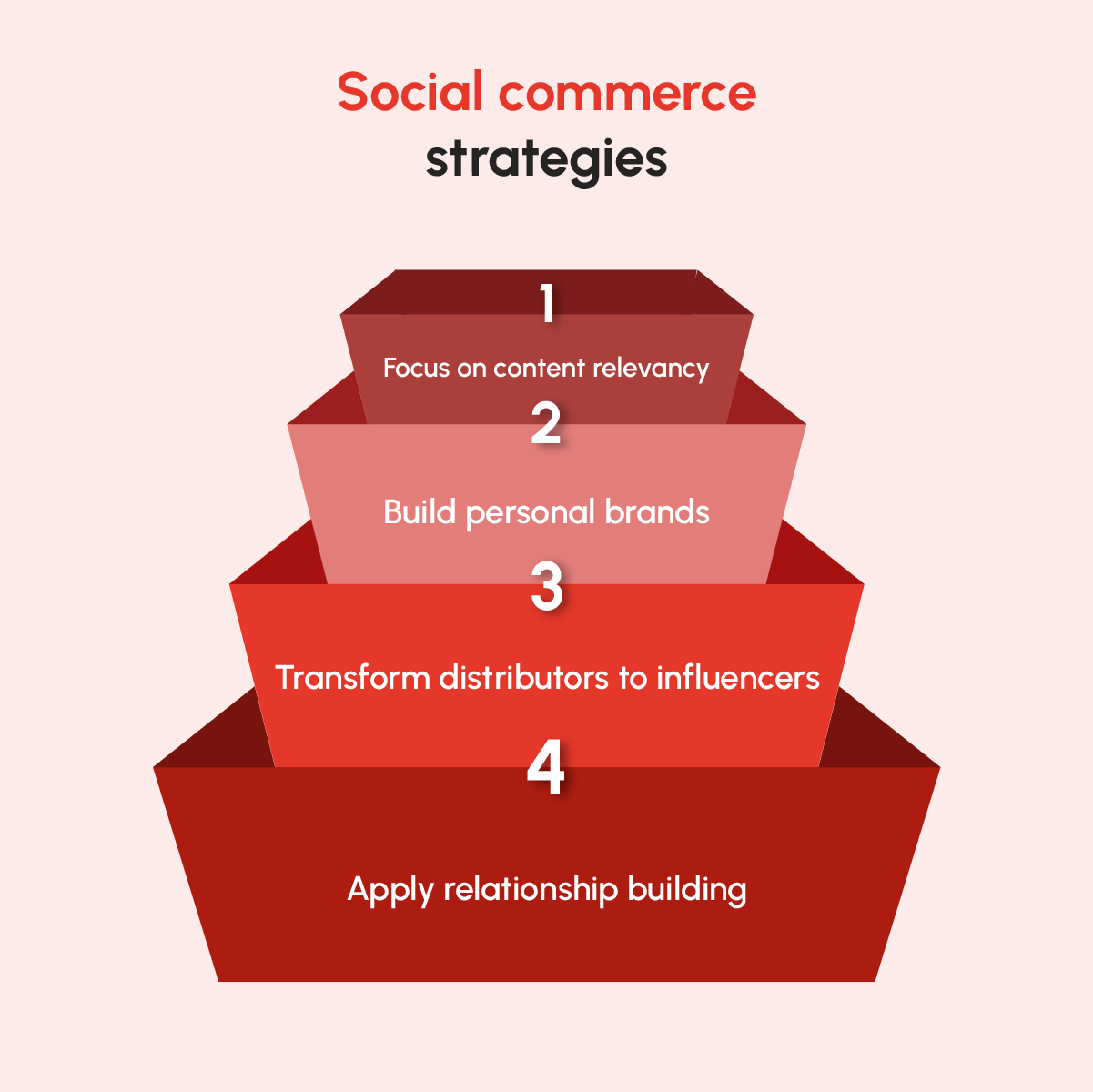
Social commerce now has a key role in businesses of distributors looking to boost their profits. Winning approaches include:
Making content that creates loyal customers and keeps them interested in it.
Building real personal brands that draw people in constantly.
Pushing team members to act like small-scale influencers well.
Blending new social media tactics with old-school relationship-building.
Fresh hurdles and things to think about
As the field grows, distributors run into new problems such as:
The real need to make bonus math clearer.
Making sure opportunities are shared among different teams evenly.
Dealing with how volume-based rewards affect the sales environment.
Finding the right mix of quick growth and staying power for the longer haul.
Strategies for the years ahead
Here are some practical ways distributors can make use of to boost their chances of success:
Triple-loop learning
This approach involves three areas of focus:
Personal loop: Build skills that boost productivity.
Team loop: Create a system to pass on knowledge and ethical practices.
Market loop: Keep an eye on shifting customer preferences and needs.
Adding sustainability
As going green becomes more crucial today, using eco-friendly practices can bring both moral and practical gains to you. Think about:
Using green packaging for your products.
Looking into distribution methods that cut down on environmental harm.
Creating product lines with sustainability at their heart.
Discover how we build resilient businesses with advanced MLM functionalities
Final insights
Performance Bonuses are changing fast in today’s market. Distributors who succeed will accept the mental and tech shifts that contribute to this change.
Top distributors don't just chase bigger sales numbers. They build working systems to put customers first, help teams win, and create everlasting value. If you use these tactics, you'll be ready to shine in the always-changing direct sales world.









Leave your comment
Fill up and remark your valuable comment.